Best Seasons for Leaded Glass Repairs
Leaded glass repairs are most effectively performed during mild weather conditions, typically in spring and fall, to avoid extreme temperatures that can affect materials and adhesives. Cooler temperatures can cause adhesives to set improperly, while excessive heat may cause glass expansion or contraction, risking further damage.
Scheduling repairs during moderate weather ensures optimal working conditions, reduces the risk of additional stress on the glass, and allows for thorough inspection and handling. Additionally, avoiding winter months can prevent issues related to freezing temperatures that may compromise repair integrity.
Spring and fall offer the best weather for leaded glass repairs, with moderate temperatures and stable humidity levels.
Extreme cold or heat can affect adhesives and sealants, potentially compromising the repair's durability.
Planning repairs during mild weather helps ensure proper installation and reduces delays caused by weather-related issues.
Consistent climate conditions support the longevity of leaded glass repairs and prevent additional stress on the glass.
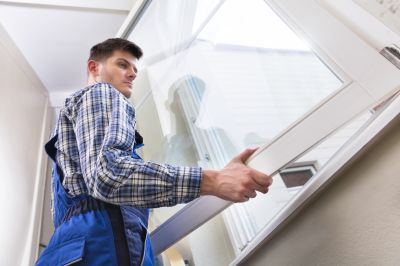
Spring provides ideal conditions for careful handling and precise repairs.
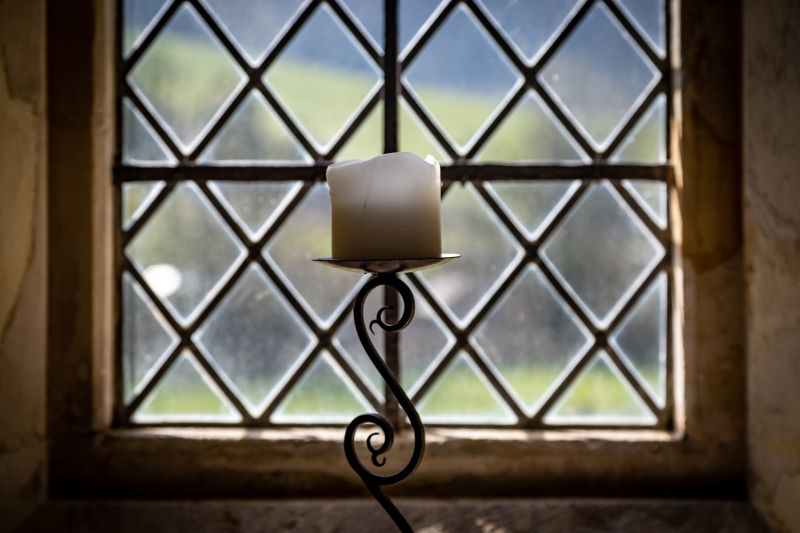
Fall's moderate temperatures help ensure adhesive effectiveness and proper curing.

Choosing a window with stable weather minimizes risks during repair processes.

Ways to make Leaded Glass Repairs work in tight or awkward layouts.
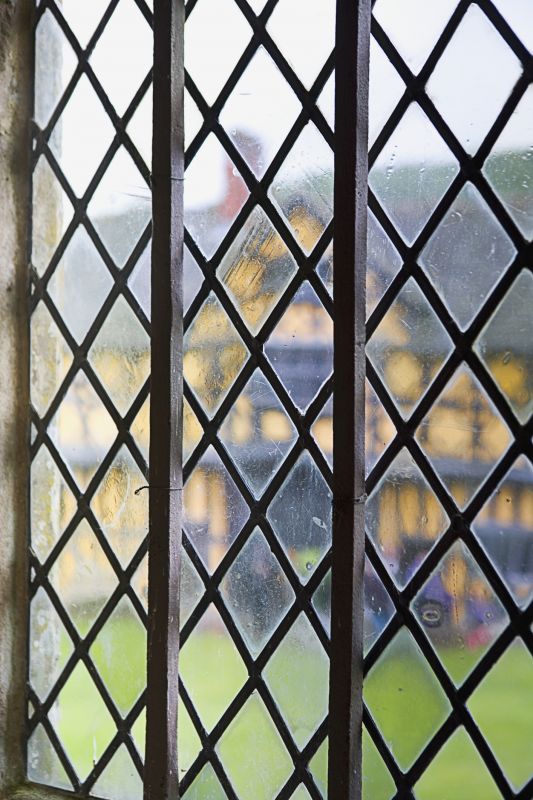
Popular materials for Leaded Glass Repairs and why they hold up over time.

Simple add-ons that improve Leaded Glass Repairs without blowing the budget.
| Season | Recommended Repair Timing |
|---|---|
| Spring | Ideal for leaded glass repairs due to mild weather conditions. |
| Summer | Possible, but precautions should be taken to avoid high heat. |
| Fall | Optimal season for repairs with stable temperatures. |
| Winter | Generally discouraged due to cold temperatures and potential freezing issues. |
| Late Winter | Not recommended, especially in regions with harsh cold. |
Leaded glass repairs require careful handling and precise techniques to restore both the aesthetic and structural integrity of the glass. The process often involves cleaning, adhesive application, and sometimes reinforcement, all of which are sensitive to environmental conditions. Proper timing ensures the longevity of the repair and reduces the likelihood of future issues.

Careful cleaning and adhesive application are essential steps in successful repairs.
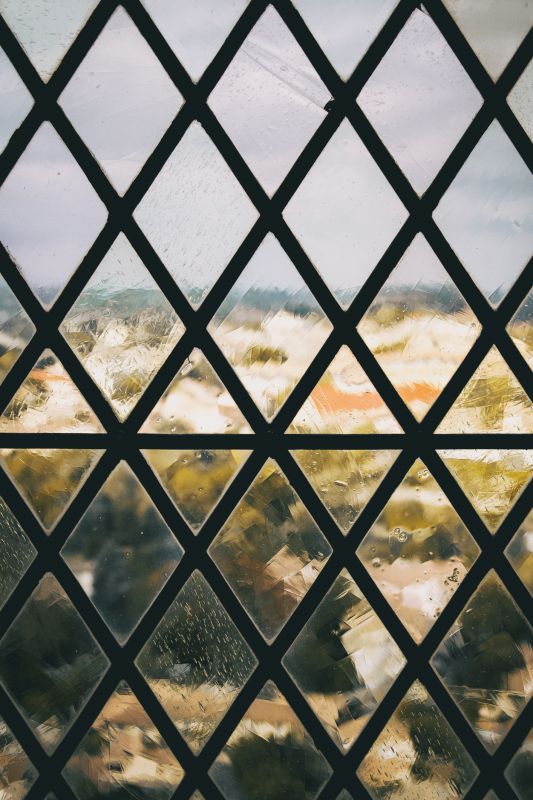
Restoring leaded glass involves replacing broken segments and reinforcing the structure.
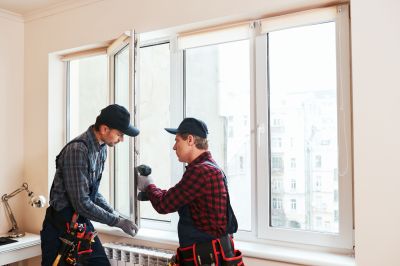
Specialized tools ensure precise handling and effective repair work.
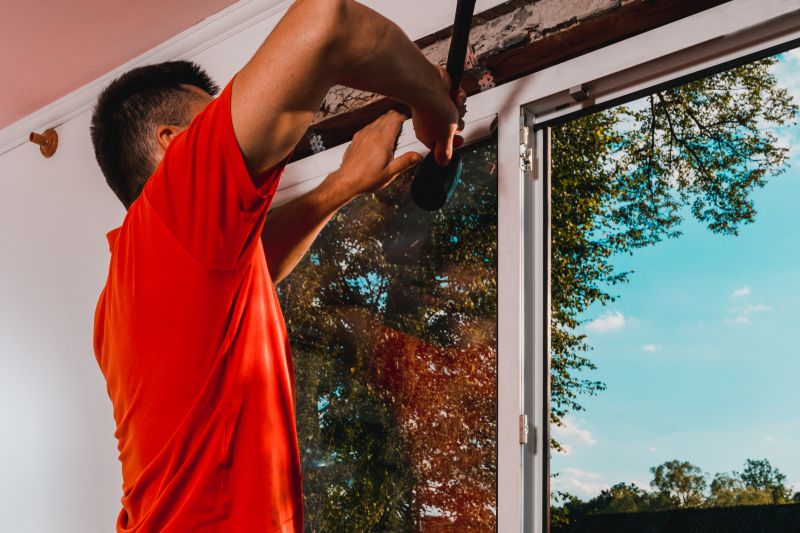
Properly repaired leaded glass maintains its beauty and function for years.

High-end options that actually feel worth it for Leaded Glass Repairs.

Finishes and colors that play nicely with Leaded Glass Repairs.

Little measurements that prevent headaches on Leaded Glass Repairs day.

A 60-second routine that keeps Leaded Glass Repairs looking new.

A frequent mistake in Leaded Glass Repairs and how to dodge it.

Small tweaks to make Leaded Glass Repairs safer and easier to use.

Lower-waste or water-saving choices for Leaded Glass Repairs.

The short, realistic tool list for quality Leaded Glass Repairs.
Interested in leaded glass repairs? Filling out the contact form can provide more information and help schedule a consultation to determine the best timing for specific needs.



